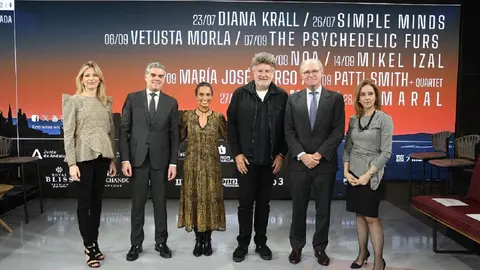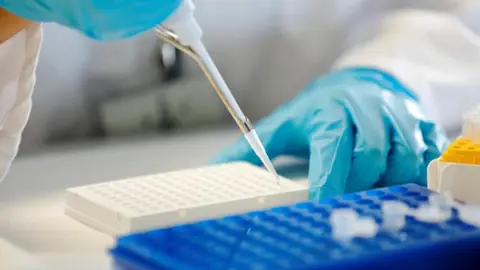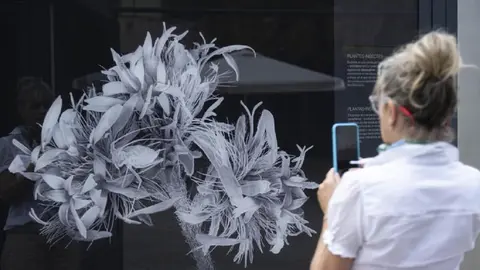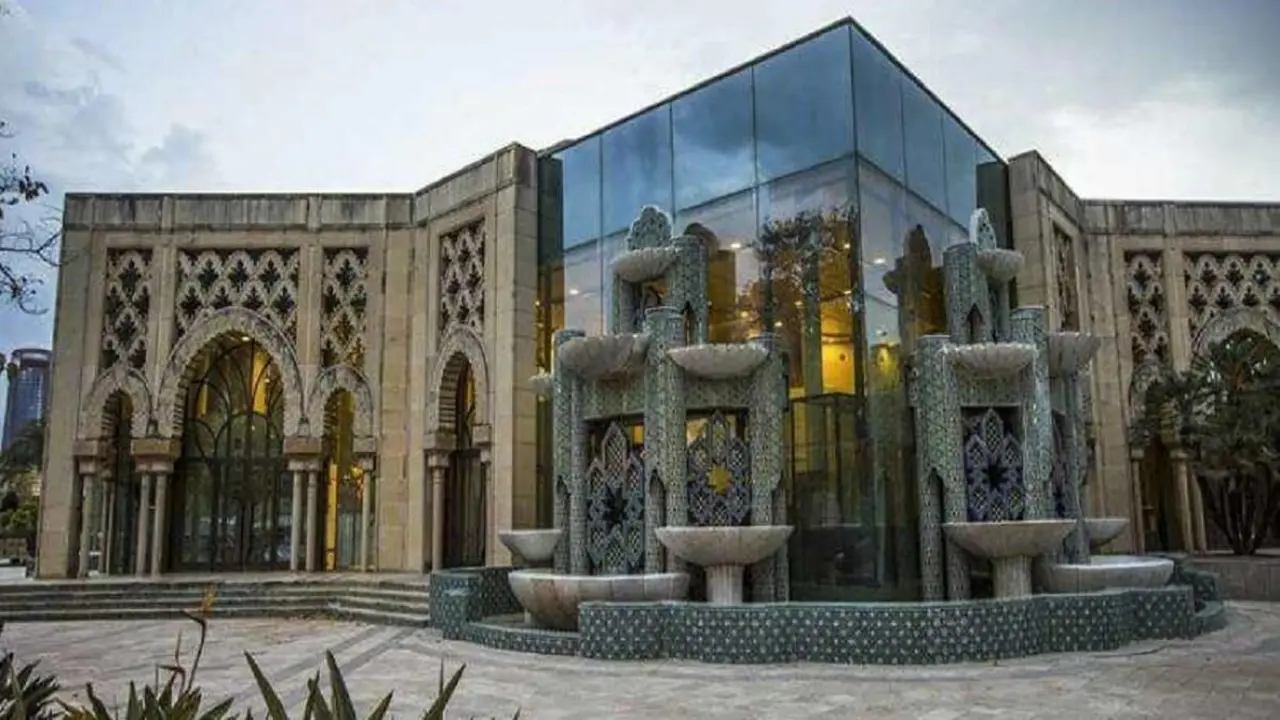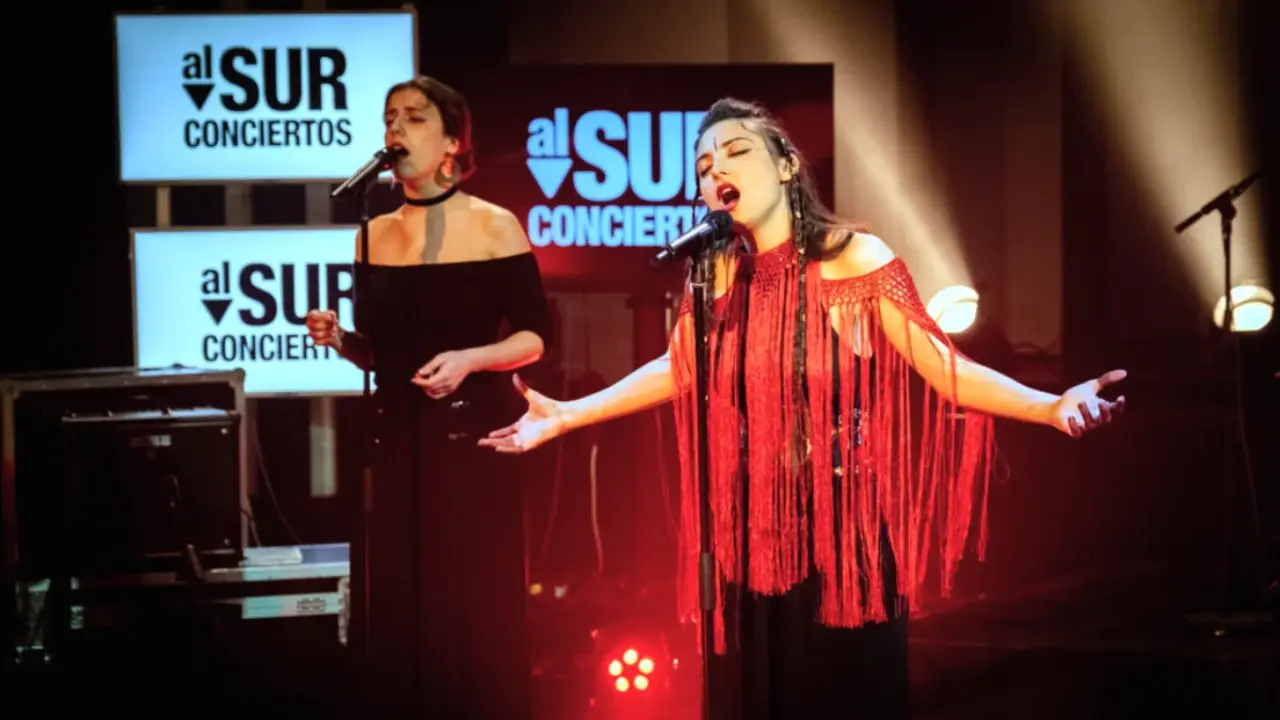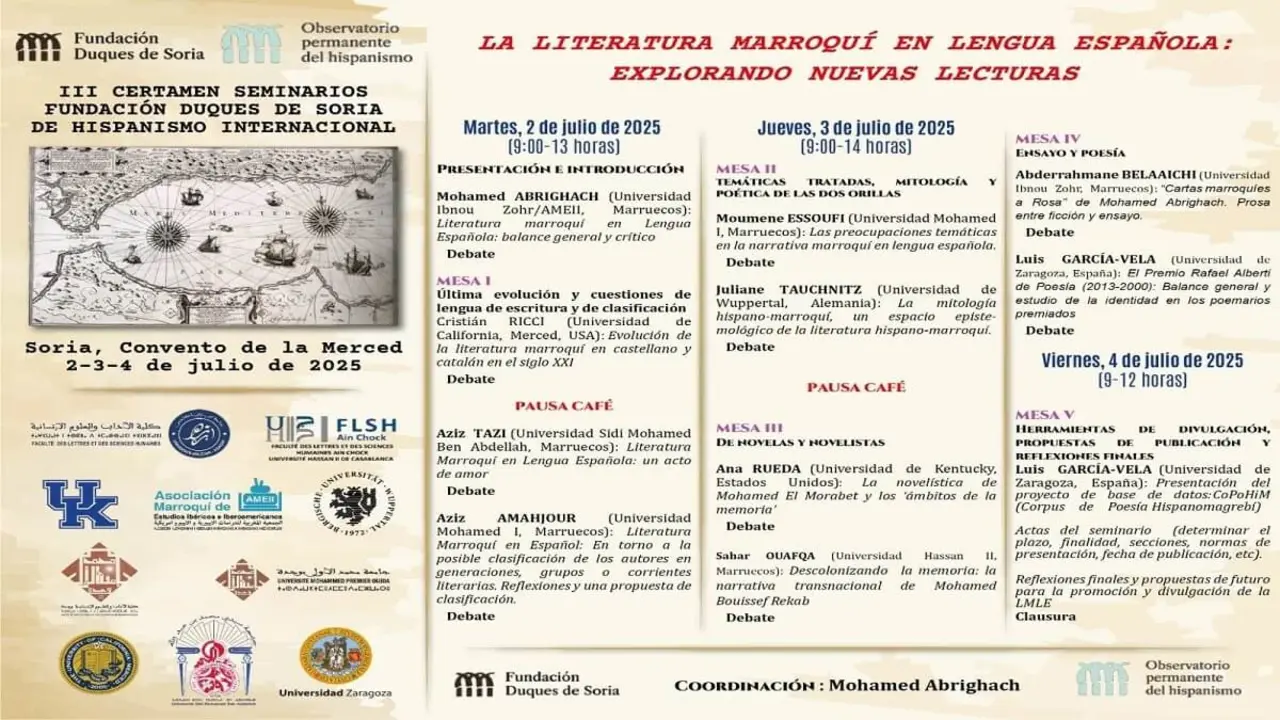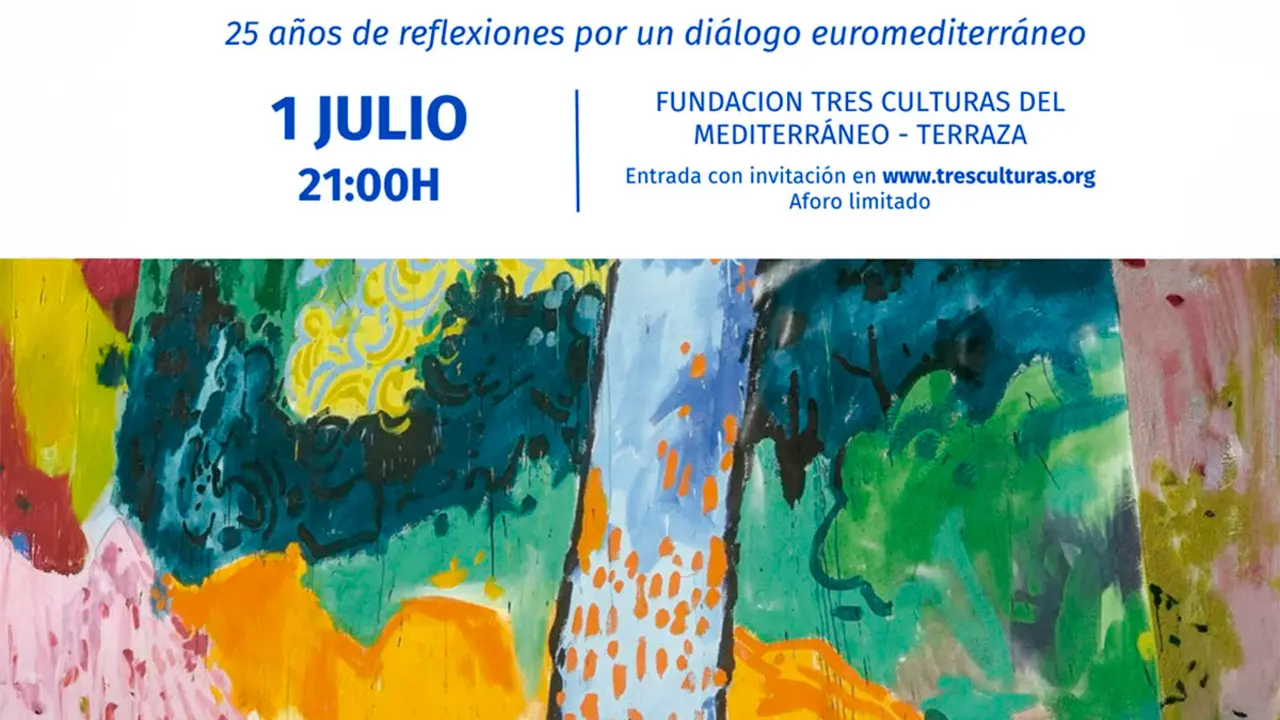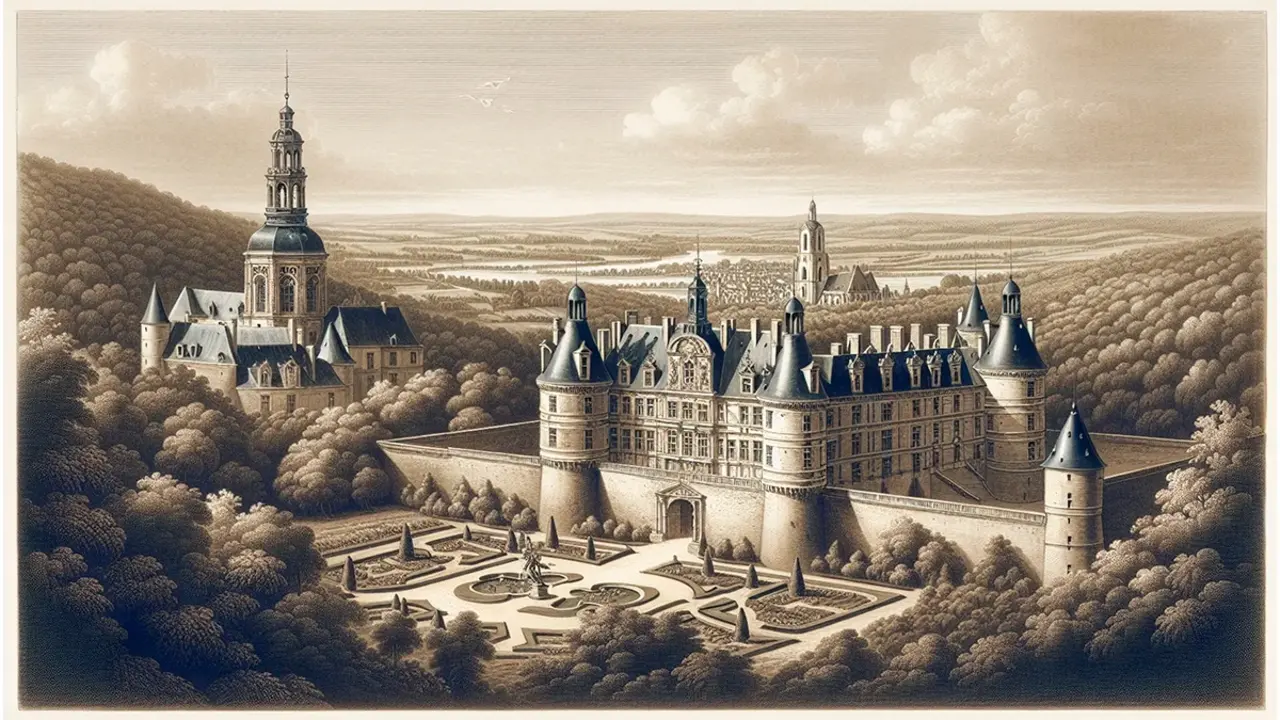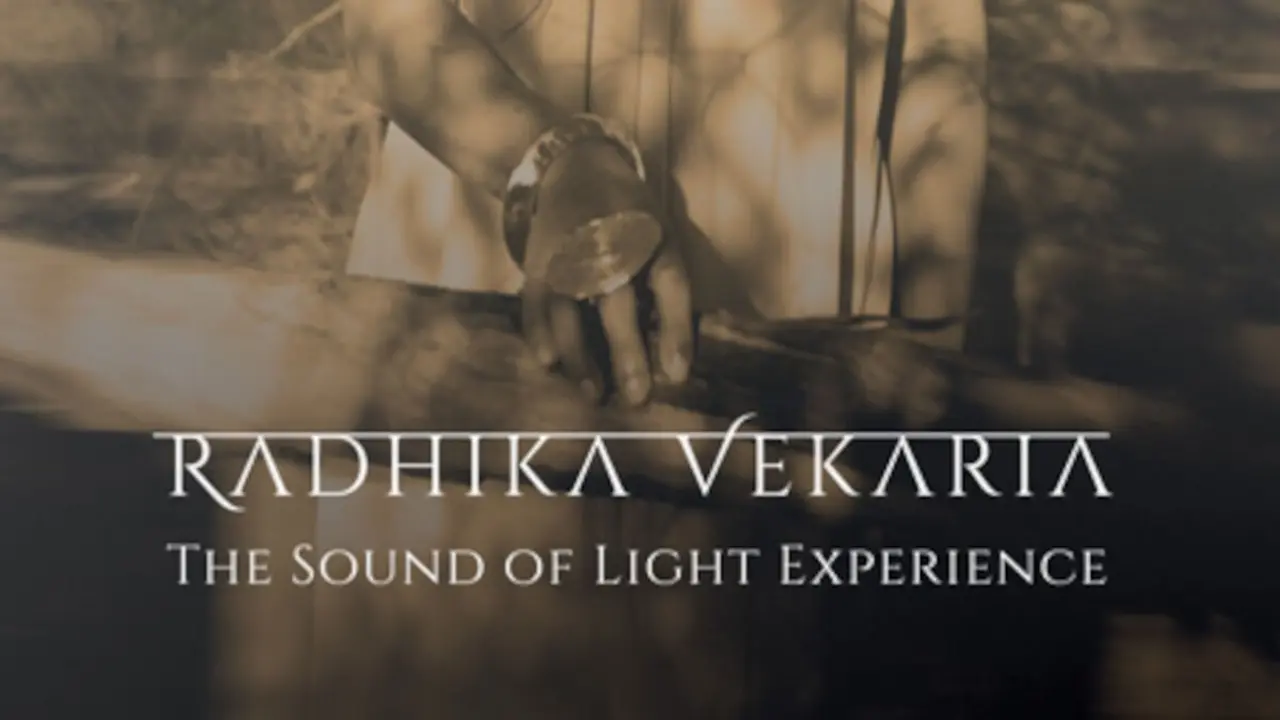CosmoCaixa unveils Clik, a new space to encourage experimentation among the youngest visitors
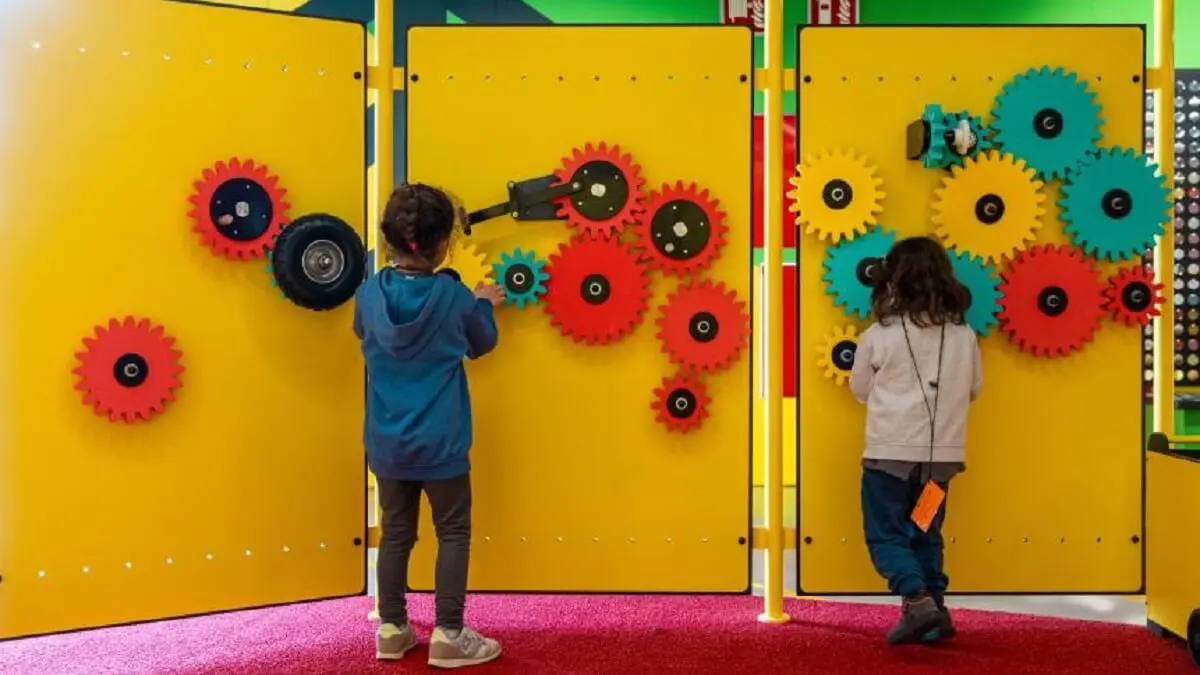
The CosmoCaixa Science Museum offers children aged between 3 and 11 a place where they can ask themselves questions about scientific issues such as gravity, colour, water pressure or the principles of construction. Everyday items such as paper aeroplanes, mirrors and torches will help them to learn by observing and exploring. The Clik opens its doors to coincide with Easter, which brings a wide range of activities to the Museum.
- A new life for a distinctive CosmoCaixa space
- Plan your visit to the Clik
- Many more activities at Easter
The CosmoCaixa Science Museum is opening a new permanent space for experimentation and learning that will stimulate children's curiosity, one of their innate qualities, which experts point out is a powerful way of acquiring knowledge and developing skills such as creativity. In 520 m2, divided into three different areas -one indoor and two outdoor-, they will be able to discover, investigate and ask questions about the world around them through elements and objects that they can find in their daily lives.
Throughout the whole experience in the Clik, the educator is fundamental, inviting participants to put on their science glasses and guiding them to apply the scientific method during their time in the space. In essence, he or she will encourage them to observe, hypothesise, experiment, analyse and draw conclusions from what they have seen, done and played.
In the Clik, which reflects the essence of CosmoCaixa of promoting interactivity and active and fun learning, science can be learnt in action through 25 modules or experimentation stations divided into four areas: air, light and colour, water and mechanics and construction, the latter two located in two new open-air areas in the Museum.
In the air section, for example, children will be able to fly their own paper aeroplanes using launchers and see the differences in the course depending on the shape, speed and inclination of the launch. They will also be able to use a wind table to understand the forces acting on objects suspended in the air, a module that will allow them to think about questions such as the object and its mass, the force of the air or balance, something closely related to the geometry and weight of the object.
In the area dedicated to light and colour, participants will be able to learn about the concept of refraction and reflection of light, learn about colour mixtures, find differences in objects when we illuminate them with different lights or enter a kaleidoscope. In the shadow theatre module, they will experiment with filters, figures and different colours, and will discover how light travels from the source until it hits a surface and how the latter lets all, some or none of the light pass through it depending on the colour and intensity of the light, as well as the material with which it interacts.
Mechanics and construction are other topics that can be worked on at Clik. Through different modules, they will be able to discover concepts such as force and balance. Children will be able to use pulleys to lift themselves or see how a crane or a balance scale works, where they will be the weights and will have to try to balance it. They will also be able to build an arched bridge with different pieces to see how, when the pieces are arranged close together and placed at a certain angle, they exert a compressive force against each other and the weight is redistributed, which gives the bridge stability.
Finally, in the section on water, they will be able to deal with aspects such as water pressure, movement and mass. In one of the modules, which represents a rubber duck race, they will understand how these toys follow the current as long as nothing intercepts them. But what happens if a jet of water intervenes? How does their displacement change? In this space they will also have the opportunity to generate pipe circuits and even play musical instruments thanks to powerful water jets.
This area, which complies with the regulations regarding the current state of emergency in phase 1 of the Catalan Drought Plan, has been created following criteria of sustainability and maximum use of resources. To this end, it has been designed with a water recirculation system using non-potable water recovered from the Flooded Forest and treated for use in the Clik.
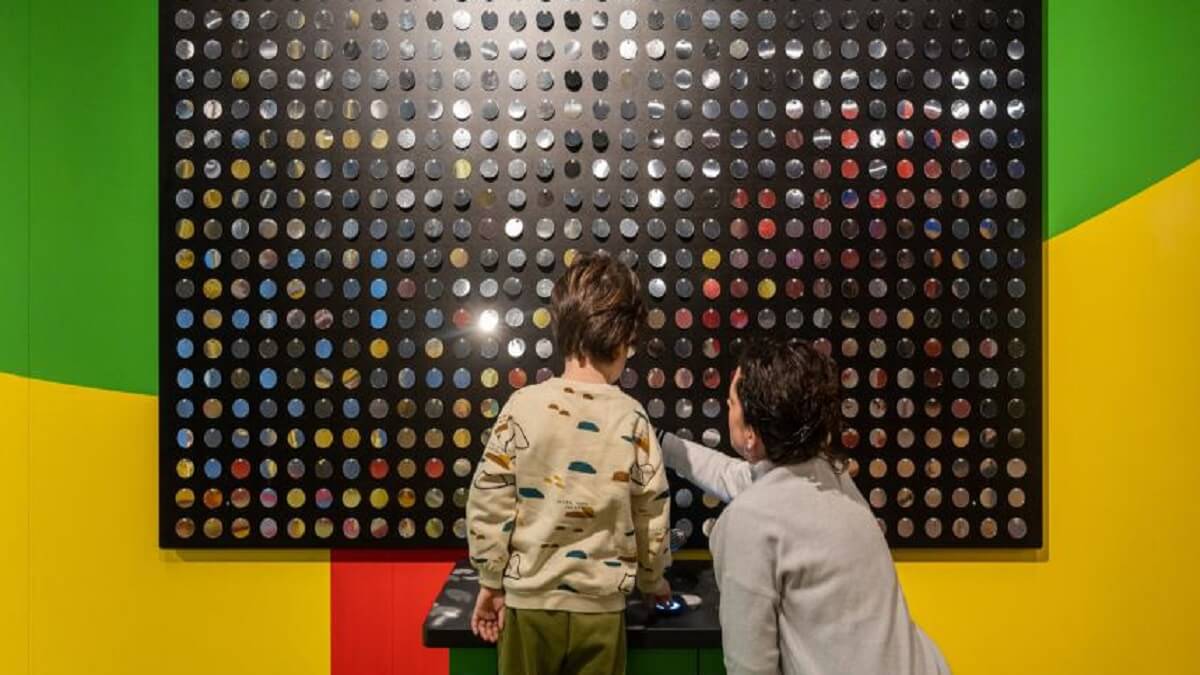
A new life for a distinctive CosmoCaixa space
The Clik is one of CosmoCaixa's most emblematic spaces and one with the greatest educational value for children from early childhood onwards. The space, which has existed in the Museum since 1989, has renewed its proposals on several occasions. When it was inaugurated, designed by the Mariscal studio, it was born as a pioneering space aimed at children between the ages of 3 and 6 where they could learn about scientific phenomena related to four thematic axes: light, the senses, force and machinery. In 2004, together with the extension of the Museum, it was remodelled with new experimental areas and was complemented with another space (Flash) for children up to 9 years of age.
In 2020, the Clik closed its doors to expand, renovate and redesign its space from the perspective of today's educational challenges. Until then, the facility attracted more than 22,000 visitors a year, including the general public and schoolchildren.
Now, the Clik is embarking on a new phase, doubling the space it had previously. The current design has been created by the Lacol architecture studio, which has worked on an aesthetic related to nature and plays with shapes and colours to invite children to touch and experiment.
European experts in the creation of museographic modules aimed at early childhood were also consulted. The educational project has been developed with the collaboration of researchers from the ACELEC group, from the Department of Didactics of Mathematics and Experimental Sciences of the Autonomous University of Barcelona (UAB), who will also carry out research work in the space itself, observing the development of the school sessions, the working methodology and the didactic orientations.
Plan your visit to the Clik
The CosmoCaixa Science Museum offers two types of visit to this new space, both guided by educators who act as facilitators of the experience. On the one hand, visits will be organised for schoolchildren from P3 and up to the 2nd year of primary school, where they can enjoy observation and interaction as a method of understanding the world. On the other hand, for families, the age range will be extended from 3 to 11 years old.
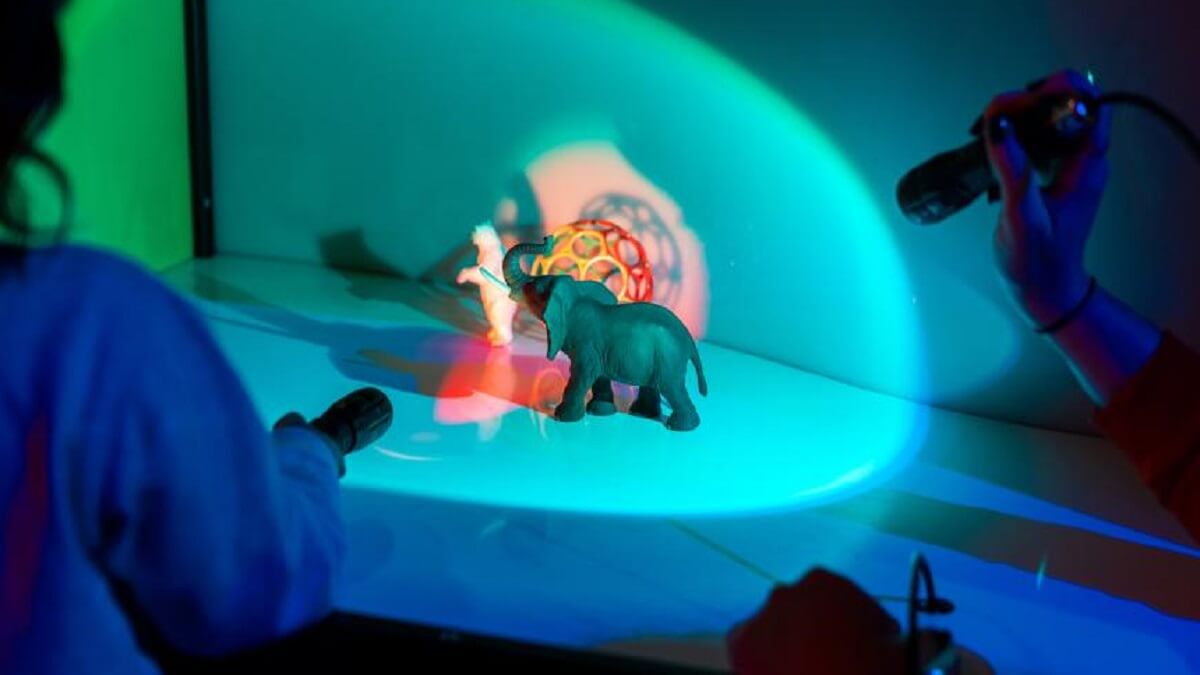
Many more activities at Easter
El Clik will reopen its doors to the public to coincide with the Easter programme, although it is a permanent space that is here to stay. On the occasion of the school holidays, the CosmoCaixa Science Museum has prepared a wide range of special activities that can be enjoyed until 1 April.
In addition to the Clik, there will be three great novelties. On the one hand, the show Tana, recommended for children from 1 to 5 years old. This is a sensory experience under the artistic direction of Compagnia TPO about nature and animals that combines dance and movement, and which will leave the stage space open to public interaction at the end to allow the little ones to explore shapes and sounds created by them.
And for older children, the centre will be showing Entrañas, a lesson in anatomy and visual poetry by the company El Patio Teatro. The show, recommended for ages 9 and up, takes visitors on a journey into our inner selves and will make them ask themselves many questions, such as what a body is and what we are made of. As a complement to this show, a free space will be available to the public of all ages to learn more about the human body, with life-size anatomical models, reference books, creative activities and microscopes.
The open activity Bioconexiones, a workshop in which participants can use geometric figures such as the sphere or cylinder to build sculptures, will also be open to the public.
In the special Easter programme on the CosmoCaixa website you will find all the information about the rest of the proposals, including a visit to the exhibition Dinosaurs of Patagonia and related activities, as well as different sessions at the Planetarium, among many others.

